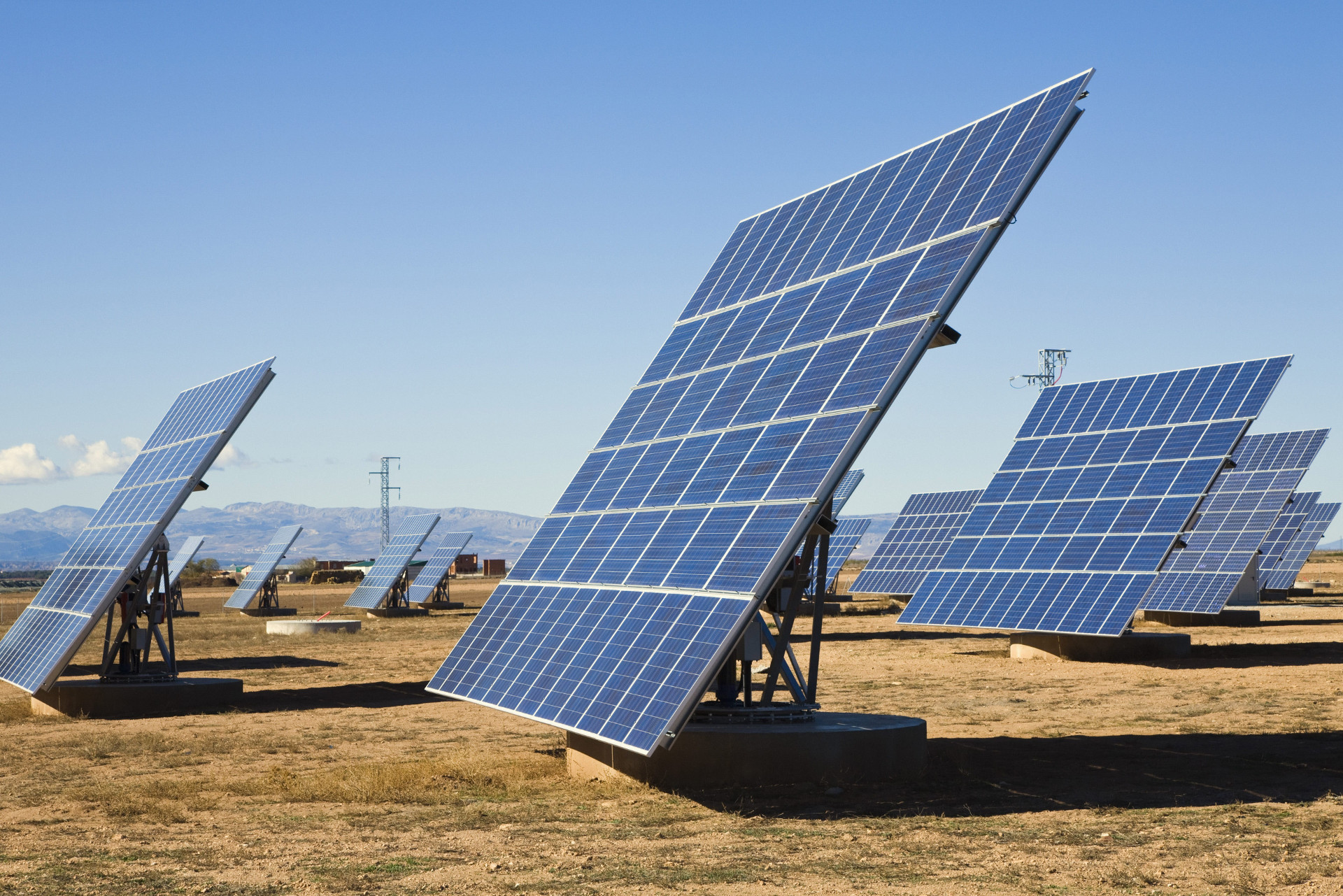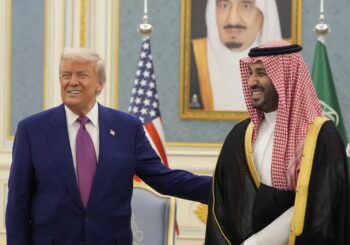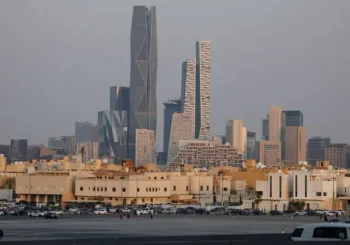For decades, Saudi Arabia has been synonymous with oil, as the world’s leading exporter of the resource. However, with the Kingdom’s Vision 2030 plan, a new narrative is emerging in which solar energy plays a pivotal role in a diversified economy.
The shift in focus in solar from oil is driven by several factors, including increasing domestic energy consumption, a desire to reduce reliance on fossil fuels, and a commitment to mitigating climate change.
As a result, Saudi Arabia is investing heavily in solar energy projects and technologies, aiming to generate 50 percent of its electricity from renewable sources by 2030.
The National Renewable Energy Program (NREP), spearheaded by the Ministry of Energy, is at the heart of this transformation.
The program aims to achieve a balanced energy mix and reduce carbon emissions, with an ambitious target of installing 40 gigawatts of solar photovoltaic (PV) capacity by 2030, as part of its broader goal of 58.7 gigawatts of renewable energy.
Other sources state that the Kingdom aims to expand its capacity to 130 gigawatts, 58.7 gigawatts of which are expected to come from solar and 40 gigawatts from wind.
Several large-scale solar projects are already underway to demonstrate the Kingdom’s determination to meet its renewable energy targets.
These projects include the Sakaka independent power producer (IPP), which has set a world record for low-cost solar power, the Shuaibah IPP, and the massive Sudair IPP, backed by the Saudi Public Investment Fund (PIF).
Upcoming projects include Ar Rass II, Al Sadawi, Saad II, Al Masa’a, Al Henakiyah 2, Tabarjal, and Amaala solar power plants which are all located across the kingdom.
Beyond utility-scale projects, Saudi Arabia is also exploring the potential of distributed solar PV systems, particularly rooftop solar installations.
A 2023 study published by the Multi Disciplinary Digital Institute (MDPI) highlights the potential for rooftop solar PV to supply electricity demand in localized urban areas, estimating that cities across the Kingdom could generate 51 terawatt-hours of electricity annually from rooftop solar, comparable to 30 percent of the nation’s annual domestic power demand.
Recognizing this potential, the Kingdom aims to install 16 gigawatts of rooftop solar PV by 2030.
Rooftop solar offers several advantages, including decentralized power generation, reduced transmission losses, and the ability to manage peak demand, especially during the hot summer months when air conditioning loads are high.
To encourage the adoption of rooftop solar, Saudi Arabia has also introduced supportive policies such as net metering, feed-in tariffs, and subsidies. The Shamsi platform, launched by the Saudi Electricity Company (SEC), helps households and businesses assess the potential for installing rooftop solar panels and apply for grid connections.
The Saudi rooftop solar market is expected to grow steadily each year by about 12.6 percent, rising in value from USD 1.33 billion (SAR 4 billion) in 2024 to USD 3.45 billion (SAR 12 billion) by 2032.
Despite the significant progress, Saudi Arabia faces several challenges in scaling up its solar energy capacity, including technical challenges related to the harsh climate, economic barriers such as historically low electricity tariffs, as well as policy and regulatory hurdles.
Dust, high temperatures, and humidity can also reduce the efficiency of solar panels and increase maintenance needs. To address these challenges, the Kingdom is investing in research and development to develop dust-resistant coatings, cooling methods, and automated cleaning technologies tailored to desert conditions.
Moreover, financial incentives such as tax exemptions, low-interest green loans, and grants are also being offered to reduce the upfront costs of solar installations. In addition to these efforts, the Kingdom is focusing on building local capacity by training installers and technicians and incentivizing private sector participation in the solar industry.
The transition to solar energy aims to transform Saudi Arabia’s energy sector, create new economic opportunities, drive job creation in manufacturing, installation, and maintenance, and foster local expertise.
By leveraging its abundant sunlight, investing in innovative technologies, and implementing supportive policies, the Kingdom paves the way for a cleaner, more sustainable future.








Comments (0)